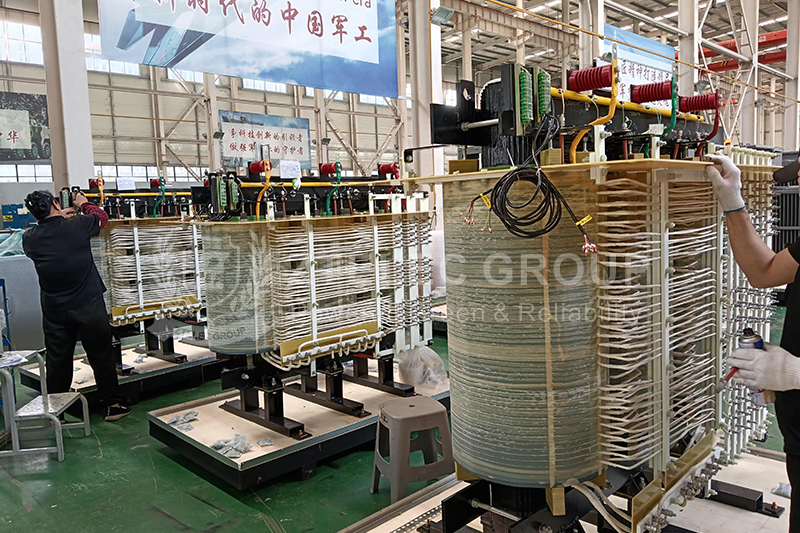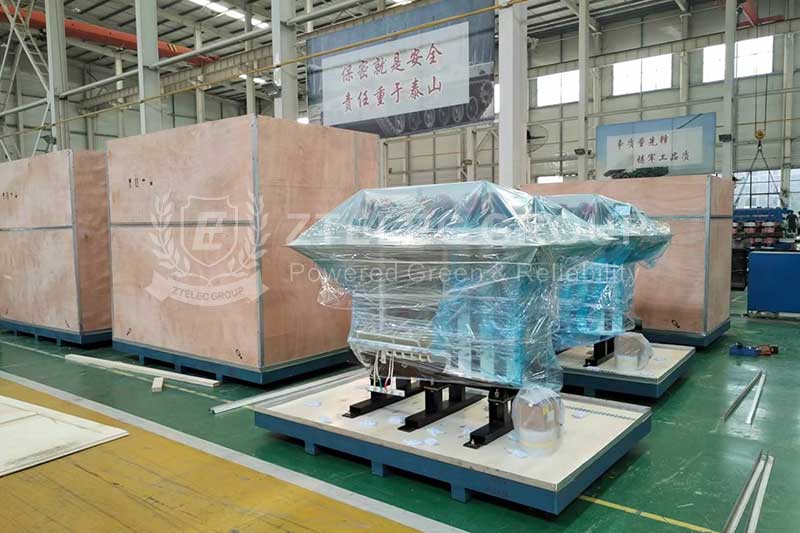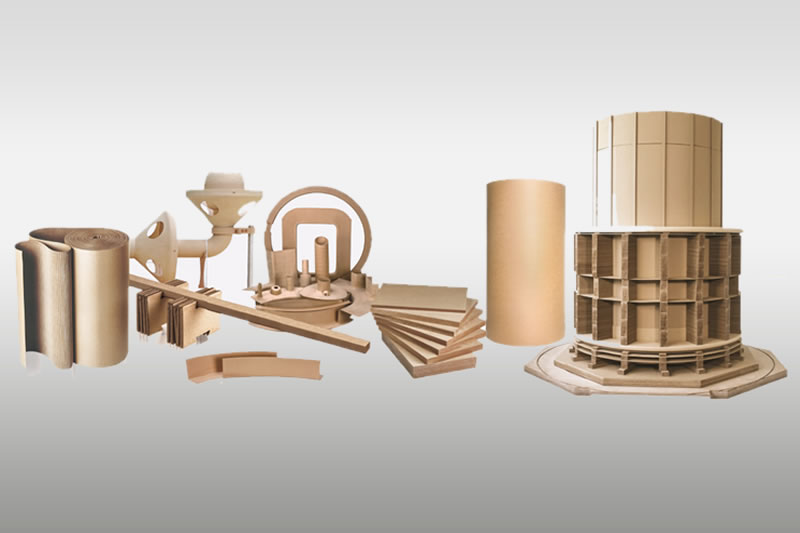FR-4 and G-10 Grades and Characteristics material properties
2023-11-07 17:22 | By: ZTELEC-www.ztelecgroup.com | 113click
FR-4 and G-10 are two common grades of fiberglass-reinforced epoxy laminates used in various applications, particularly in electronics and engineering. These materials offer a combination of excellent electrical and mechanical properties. Here's an overview of the grades and their characteristics:
Color: light yellow to light green
FR-4:
Grade: FR-4 stands for "Flame Retardant 4." It is a widely used grade for printed circuit boards (PCBs) and electrical insulation.
Material Composition: FR-4 is composed of a woven glass fabric impregnated with an epoxy resin binder. The resin is typically flame-retardant, which means it has the ability to self-extinguish when exposed to a flame.
Characteristics:
Electrical Insulation: FR-4 has excellent electrical insulation properties, making it suitable for PCBs and other electrical applications.
Flame Resistance: As the name suggests, it has good flame resistance properties, which is crucial for safety in electronics.
Mechanical Strength: FR-4 provides good mechanical strength, including high flexural and tensile strength.
Thermal Resistance: It has good thermal resistance, allowing it to withstand elevated temperatures in various applications.
G-10:
Grade: G-10 is a high-pressure fiberglass-reinforced epoxy laminate.
Material Composition: G-10 is similar to FR-4 but is typically made with a higher glass content and is manufactured using higher pressure and heat, resulting in a denser and more rigid material.
Characteristics:
Mechanical Strength: G-10 offers excellent mechanical strength, rigidity, and dimensional stability, making it suitable for applications requiring high strength and stability.
Electrical Insulation: Like FR-4, G-10 provides good electrical insulation properties and is used in electrical and electronic applications.
Low Moisture Absorption: G-10 has low moisture absorption, which helps maintain its electrical and mechanical properties even in humid environments.
Chemical Resistance: It is resistant to a wide range of chemicals, which makes it suitable for applications exposed to harsh chemical environments.
In summary, both FR-4 and G-10 are fiberglass-reinforced epoxy laminates known for their electrical insulation properties. While FR-4 is widely used in PCBs due to its flame-retardant properties and good electrical insulation, G-10 offers higher mechanical strength, rigidity, and resistance to moisture and chemicals, making it suitable for applications where these properties are critical. The choice between the two depends on the specific requirements of the application.
tags:Price of a 1600kVA 10kV Cast Resin Dry-Type Transformer35kV dry-type transformer protection10kV oil-immersed transformer110 kV oil-immersed transformerOil-Immersed Transformer Maintenance
- more+releated article
- 2025-12-13G10 and FR4 Epoxy Boards: Commonly Used for Ge
- 2025-12-13Comparison of Heat-Resistant DDP Insulating Pa
- 2025-12-12Price of a 1600kVA 10kV Cast Resin Dry-Type Tr
- 2025-12-12How to Choose Epoxy Laminate Materials for Gen
- 2025-12-11Protection Configuration Principles for 35kV D
- 2025-12-11The Price of Heat-Resistant DDP Insulation Pap
- 2025-12-10Application Prospects of 10kV/35kV Oil-Immerse
- 2025-12-09How to Reduce the Maintenance Cost of Oil-Imme
- 2025-12-09How to Choose the Best 110 kV Oil-Immersed Pow
- 2025-12-08Heat-Resistant DDP Insulation Paper





